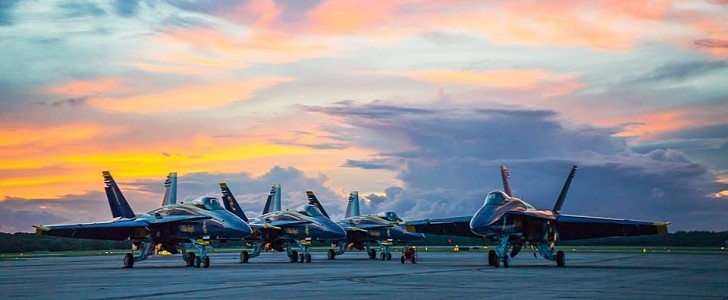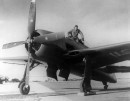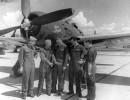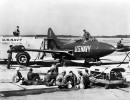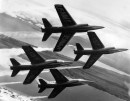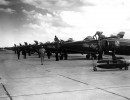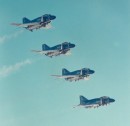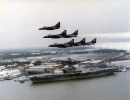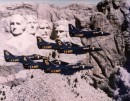Almost ready for their 75th anniversary, the Blue Angels are set to switch from their current F/A-18 Hornets to the newer Super Hornet model. Their first example has already arrived wearing the complete attire, and will soon be joined by their latest air butler - a modernized Fat Albert, aka the Hercules C-130J.
Not long ago we told you Boeing was incredibly happy to deliver the first test aircraft for direct team evaluation. Those are most likely complete by now, since the expert U.S. Navy pilots have just received their first Blue Angels F/A-18 Super Hornet. It was flown personally to Pensacola, Florida by captain Eric Doyle, the leader of the Blue Angels Super Hornet Transition Team.
One could easily mistake the Super Hornet for the regular Hornets the Blue Angels have been using to delight hundreds of millions of air enthusiasts. But the new F/A-18 is better in every conceivable way compared to its predecessor. It is like the naval aviators were switching from the Dodge Challenger SRT Hellcat to the newer Super Stock – the Blues used Grumman F6F-5 Hellcats back in 1946 when they formed.
By the way, did you know they are the second oldest aerobatic crew in the world – before them came only France’s Patrouille, which formed in 1931. The Blue Angles call name is also better than “The Navy Flight Exhibition Team” and the nickname comes from New York’s eponymous nightclub. Also, while some are skeptical of the maneuvers exhibited during shows, we can tell you these guys are for real and fly as close as 18 inches from each other. All the while reaching speeds of up to 700 mph!
Which is why only the absolute best managed to perform in front of over 500 million people over the course of 74 years – the Navy or Marines longing to awe the crowd need to have at least 1,200 tactical jet hours before registering as candidates. Remember, these are the same aviators that land their 15,000 lb. (maximum weight) fighter jets be it night, during hail or clear skies on those nuclear-powered aircraft carriers!
When flying for the Blue Angles they do have some help in the form of Fat Albert. Their latest example of the support plane is a former Brit – an ex-Royal Air Force C-130J Hercules - which recently took off for the first time in its new paint scheme in the United Kingdom.
One could easily mistake the Super Hornet for the regular Hornets the Blue Angels have been using to delight hundreds of millions of air enthusiasts. But the new F/A-18 is better in every conceivable way compared to its predecessor. It is like the naval aviators were switching from the Dodge Challenger SRT Hellcat to the newer Super Stock – the Blues used Grumman F6F-5 Hellcats back in 1946 when they formed.
By the way, did you know they are the second oldest aerobatic crew in the world – before them came only France’s Patrouille, which formed in 1931. The Blue Angles call name is also better than “The Navy Flight Exhibition Team” and the nickname comes from New York’s eponymous nightclub. Also, while some are skeptical of the maneuvers exhibited during shows, we can tell you these guys are for real and fly as close as 18 inches from each other. All the while reaching speeds of up to 700 mph!
Which is why only the absolute best managed to perform in front of over 500 million people over the course of 74 years – the Navy or Marines longing to awe the crowd need to have at least 1,200 tactical jet hours before registering as candidates. Remember, these are the same aviators that land their 15,000 lb. (maximum weight) fighter jets be it night, during hail or clear skies on those nuclear-powered aircraft carriers!
When flying for the Blue Angles they do have some help in the form of Fat Albert. Their latest example of the support plane is a former Brit – an ex-Royal Air Force C-130J Hercules - which recently took off for the first time in its new paint scheme in the United Kingdom.
